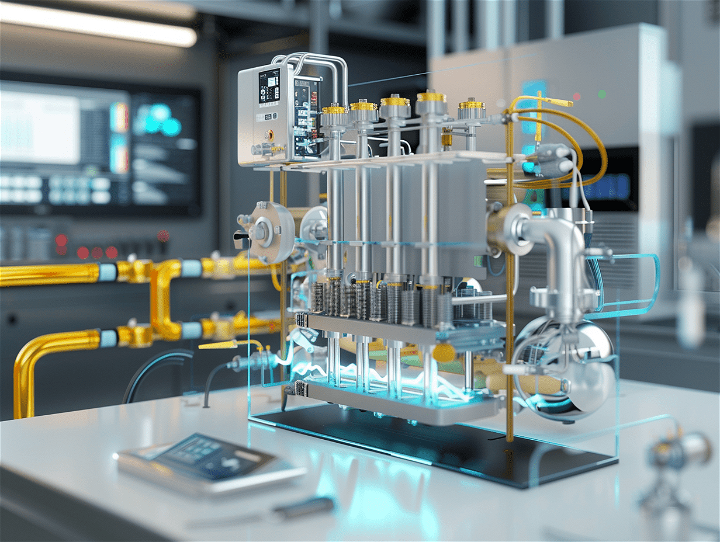Innovation Vs. Tradition: AME Vs. Conventional Manufacturing

The comparison between Advanced Manufacturing Engineering (AME) technologies, such as Additive Manufacturing (AM), and conventional manufacturing methods reveals distinct differences in capabilities, limitations, and applications.
Advanced Manufacturing Engineering (AME) Technologies: Additive Manufacturing (AM) Example
Advantages:
- Responsiveness and Flexibility: AM can start manufacturing quickly with just a printer, raw materials, and digital part definition. It's able to switch to different parts rapidly, enhancing adaptability.
- Elimination of Tooling: This aspect makes distributed manufacturing feasible and significantly reduces startup costs.
- Design Flexibility: AM is less sensitive to design complexities, allowing for more intricate and customized products.
Limitations:
- Throughput: AM falls short in high-volume manufacturing processes, unable to meet demands quickly, like during the pandemic for face shields and ventilators.
- Cost Efficiency: High per-unit cost can be a drawback compared to conventional methods, particularly in large-scale productions.
- Integration Challenges: AM software solutions often struggle to integrate seamlessly with established factory management systems.
- Lack of Standardization: There's a lack of guidance, standards, certifications, and best practices, posing challenges in compliance and quality assurance.
Conventional Manufacturing Technologies
Advantages:
- Established and Reliable: These technologies have been around for a long time, making them more efficient and familiar to users.
- Cost-Effective: Generally, they are more cost-effective, especially for large-scale projects.
Limitations:
- Limited Functionality: They may not perform as many operations as AME technologies, which can be more multifunctional.
- Environmental Impact: Some conventional technologies are not environmentally friendly and may consume non-renewable resources.
- Frequent Maintenance: They often require more maintenance, impacting productivity and time.
MEMS Technology: A Subset of AME
Advantages:
- Miniaturization: Helps create smaller devices, improving efficiency in systems with inbuilt MEMS.
- Precision and Accuracy: MEMS has enhanced precision and accuracy in various applications.
- Durability: Devices with MEMS are generally more durable and robust.
Limitations:
- Cost: MEMS technology can be expensive and less cost-effective, especially for small-scale projects.
- Power Efficiency: Often less power-efficient, limiting use in portable or battery-powered devices.
- Complexity: MEMS-designed circuits are complex, requiring specialized expertise for design and innovation.
AME technologies like AM offer significant advantages in terms of flexibility, customization, and tooling reduction. However, they face challenges in terms of throughput, cost, integration, and standardization. Conventional methods, while cost-effective and reliable, may not match AME technologies in functionality and environmental sustainability. MEMS, as a subset of AME, offers miniaturization and precision but comes with its own set of limitations like cost and complexity. Each technology has its own niche, with the choice depending on specific requirements and constraints of the project at hand.
Related Articles

The Role Of 3D Printed Electronics In Advancing Fuel Cell Technology

Can I Combine Inkjet Printing Process And Nanotechnology For 3D Printed Electronics?








